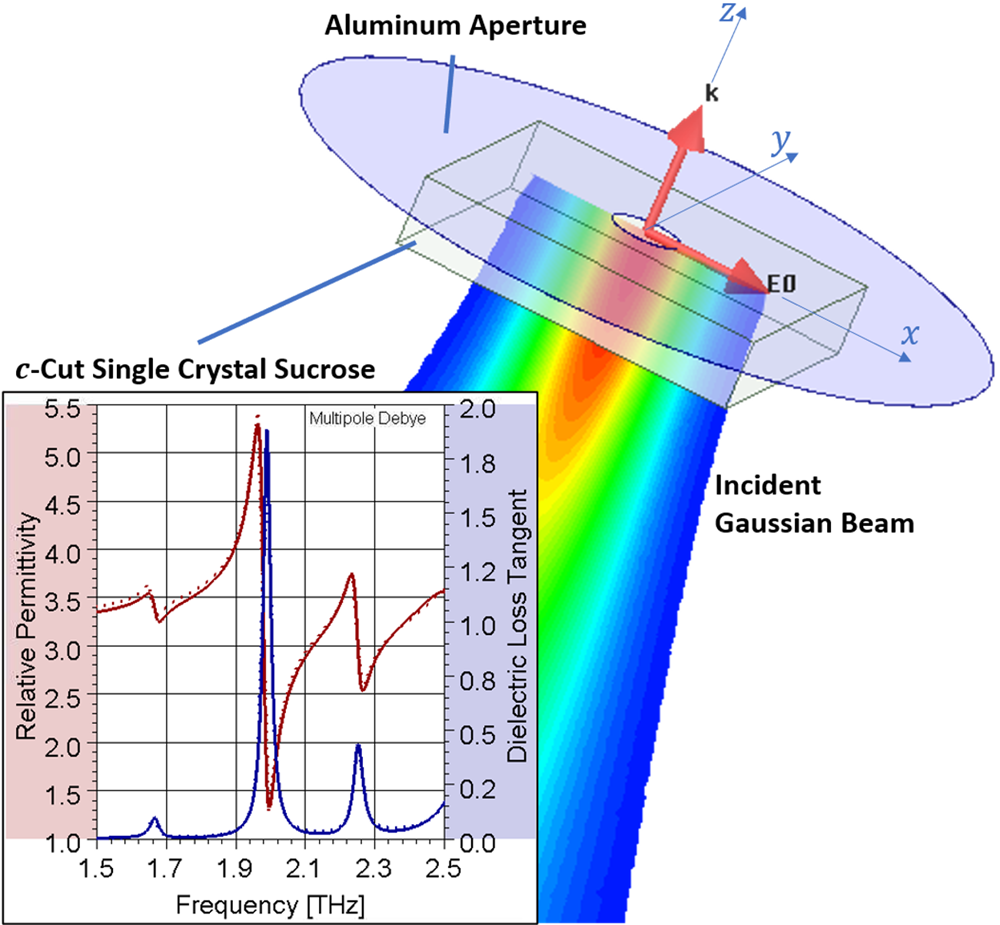| In many THz microspectroscopy configurations, detection of a transmitted THz beam is performed in the far-field. This is often done to facilitate environmental control of the sample, such as the humidity needed for protein crystals or vacuum conditions needed to isolate properties of semiconductor materials. Sample sizes of only 100 - 300 μm are typically used to measure the structural dynamics in fingerprinting protein dynamics, for example. This presents a need to use a subwavelength aperture to filter out the components of the beam that do not pass through the sample is paramount. Post-measurement corrections of artifacts arising in the detected absorbance spectrum account for known mechanisms such as etalon or signal drift. However, a loss of spectral fidelity is observed in the far field whose mechanisms remain largely unknown. |
